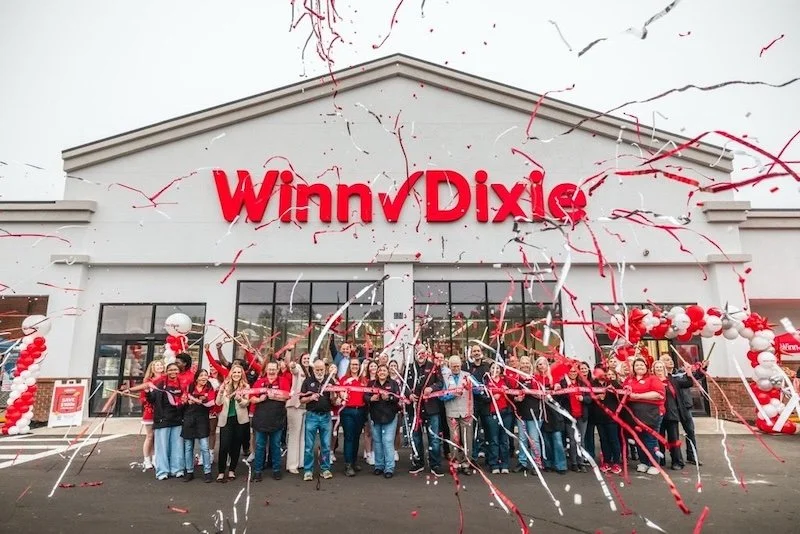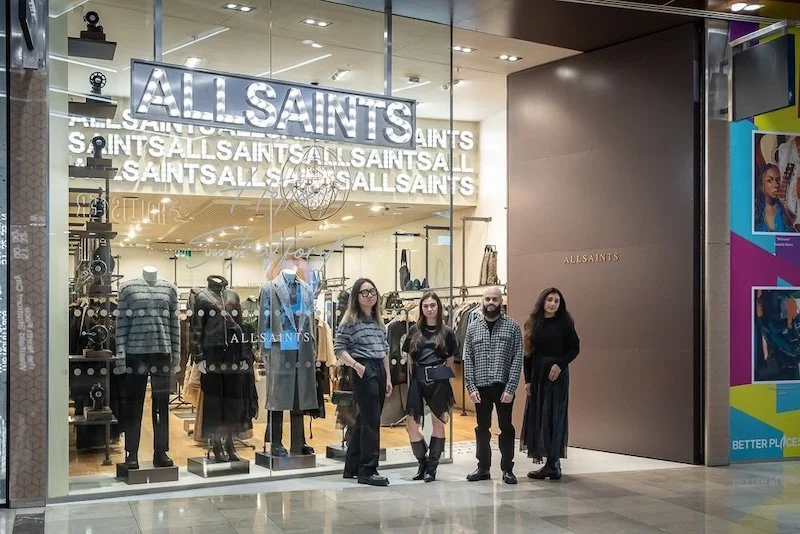Innovations shaping sports apparel retail in 2024: trends and technologies redefining the market
The sports apparel market in 2024 is seeing tremendous growth and transformation, driven by innovations such as AI, AR, and sustainable practices. High tech sportswear, including moisture-wicking fabrics and versatile designs, is now a staple beyond just workouts.
Retailers are leveraging AI for personalised shopping experiences and AR for virtual try-ons, enhancing convenience and engagement. Sustainability remains a crucial trend, as brands focus on recyclable and responsibly sourced materials to meet consumer demand.
Technological advancements in sports apparel
Key developments include AI driven customisation, augmented reality (AR) shopping experiences, and the integration of smart fabrics and wearable tech.
AI and Machine Learning
Sportswear brands like Nike and Lululemon are leveraging AI and machine learning to enhance customer experiences - these technologies analyse consumer preferences to deliver personalised product recommendations and better-fitting apparel.
For instance, AI driven analytics can predict the best workout gear for your specific needs based on data such as body type and activity level. Additionally, AI enhances inventory management by predicting trends, ensuring popular items remain in stock.
AR in Shopping Experience
Augmented reality (AR) is transforming the way you shop for sportswear. AR allows you to visualise how garments look on your body without trying them on physically.
By scanning a QR code, you can access virtual fitting rooms or detailed product information right from your device. This technology improves convenience and helps you make more informed purchasing decisions.
AR is also being utilised for interactive in-store displays, enriching the overall shopping experience.
Smart Fabrics and Wearables
Smart fabrics and wearables are at the forefront of sports apparel innovations.
These fabrics can monitor your performance by measuring metrics like heart rate, body temperature, and muscle activity. Companies like Asics are integrating smart textiles into their gear, providing real-time feedback during workouts.
Wearables such as fitness trackers and smartwatches offer additional data and insights, enhancing your training sessions. These advancements contribute to more efficient and effective exercise routines, tailored to your unique needs and goals.
Market evolution and consumer insights
The sports apparel industry has witnessed significant shifts driven by changing demographics, the boom in online retail, and an increasing focus on ethics and sustainability. These factors have reshaped how brands interact with consumers and adapt to market demands.
Changing Consumer Demographics
Consumer behaviour has evolved, with a noticeable shift towards sports attire for everyday wear.
Men are increasingly incorporating items like high-tech golf clothes into their daily wardrobe, while women seek versatile options that blend fashion and function. Children are not left out, with brands catering specifically to their active lifestyles.
In North America and Europe, there is a growing emphasis on health and fitness, driving demand for multifunctional apparel. Brand loyalty plays a crucial role here, as consumers stick to trusted names offering quality and style.
Online Retail Growth
The rise of e-commerce has dramatically impacted the sports apparel market. Covid-19 accelerated this trend, shifting more shopping online. Major brands like Skechers and Lacoste have expanded their digital presence to capture market share.
E-commerce allows consumers to compare products and prices easily, enhancing the shopping experience. This growth isn’t limited to the West - Asia-Pacific markets are also seeing a surge in online sports apparel purchases.
Ethics and Sustainability
Consumers are increasingly prioritising sustainability, prompting brands to adopt eco-friendly practices.
Ethical considerations now influence purchasing decisions, with sustainable materials and transparent supply chains becoming essential.
Companies committed to sustainability not only attract environmentally conscious consumers but also differentiate themselves in a competitive market. Participation in sustainability initiatives boosts brand image and drives market evolution toward greener practices.
Economic impact and industry forecast
Revenue Models and Streams
Revenue models in the sports apparel industry are transforming, embracing both traditional and emerging streams. Direct-to-consumer (D2C) sales are bolstered by advancements in e-commerce platforms and social media marketing.
● Brands are exploring subscription services and personalized customer experiences to maintain consumer loyalty.
● Collaborations with athletes and influencers continue to contribute significantly to the revenue.
Innovations such as smart clothing and eco-friendly materials also provide new commercial avenues.
Partnerships with tech companies to create performance enhancing gear have opened up additional revenue streams, augmenting the economic health of the industry.
Sports Apparel Industry CAGR
The Compound Annual Growth Rate (CAGR) of the sports apparel industry is set to reach impressive figures. According to a recent report, the global athletic apparel market is predicted to hit $547.7 billion by 2028 due to the rise in health consciousness and the popularity of athleisure wear.
Market share is also expanding, with leading brands capturing more consumers through diverse product lines.
Investor Perspectives and Opportunities
Investors are focused on companies that are agile and capable of adapting to evolving consumer preferences.
Start-ups focusing on business models that blend e-commerce and physical retail are particularly attractive. Wearable technology companies also present lucrative investment opportunities, thanks to their alignment with increasing consumer interest in fitness and health.
Investments in sustainable practices and supply chain efficiencies further add to the industry's attractiveness, promising substantial returns.
Companies heavily investing in R&D and innovation hold the potential for high rewards, making for a compelling case for both long-term and short-term investment strategies.
Conclusion
One of the standout trends is the rise of high tech sportswear, which includes advancements in moisture-wicking fabrics and other technical apparel. These innovations offer enhanced comfort and versatility, making athletic wear suitable for a variety of activities beyond workouts.
Key trends:
● High-tech sportswear: Look for moisture-wicking fabrics that improve comfort.
● Eco-responsibility: Sustainable practices in manufacturing are gaining momentum.
● Personalisation: Consumers are seeking personalized and expressive designs.
The shift towards circular fashion and the resale market is another notable trend. This challenges the traditional "buy-use-dispose" model and promotes a more sustainable lifecycle for garments.
By acknowledging these trends and advancements, you can make more informed decisions in the sports apparel market. Stay updated to fully capitalise on these ongoing innovations.































Continue reading…